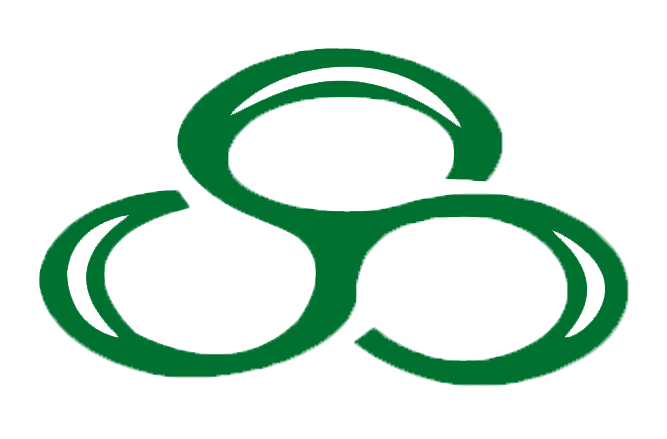Sustainable fabrics are often made from natural or recycled materials, aiming to reduce harm either through the production process, fiber properties, or overall environmental impact. These fabrics can also contribute to waste reduction, water conservation, lowered emissions, and soil regeneration—though.
You’ll find that “sustainable fabrics” is a term often used to group together various environmentally friendly materials, and several fabrics have garnered the "sustainable" label for different reasons. But just as sustainability is a moving target, so are fabrics—and no one fabric can do it all. But the hope is that through responsible production and environmentally growing practices, better fabrics can help to create a more transparent fashion industry.
Acetate satin fabrics, cupro blend fabrics, ecovero viscose fabrics, lenzing modal blend fabrics, organic and BCI cotton fabrics, eco-friendly recycle polyester fabrics and tencel fabrics. With sustainable fabrics, we can lead a sustainable fashion trend.
Acetate fabrics are made with spun filaments of cellulose taken from wood pulp. Classified as a chemical fiber textile or semi-synthetic, acetate is sometimes mixed with silk, wool or cotton to make it stronger. Acetate flakes are generated by a reaction of the wood pulp to a variety of acetic acids. The flakes are dissolved in a solvent, and then passed through a spinneret -- as the solvent evaporates -- to create the filaments used to construct the acetate fabric.
History of Acetate
The second oldest manufactured fiber in the U.S. after rayon, acetate was first used in France as an airplane wing varnish and later developed as a fiber in the U.K. in 1923. Developed for use as a fabric in the U.S. in 1924, acetate could not be mass-produced until chemists solved the problems with dyeing the fabric. Initially, certain fumes and pollutants caused the fabric to fade or discolor. While chemists solved the issues so the fabric could be dyed, some acetates still discolor when exposed to pollutants.
Fabric Advantages
Acetate often takes the place of other shiny, soft and luxurious fabrics on furniture, and for drapes, curtains and other home decor, along with being used for clothing, evening attire and clothing and furniture linings.
Acetate advantages include:
1.Drapes and hangs well
2.Multiple sheens and color options
3.Quick drying fabric that resists shrinking
4.Moth and mildew resistant
5.Low static
6.High luster, elegant appearance and feel
7.Fabric doesn't pill.
8.Fabric Care
Read the care tag to verify whether the acetate fabric is washable -- some say "Dry Clean Only," while others may say "Do Not Dry Clean." When it's washable, clean and rinse in cold water. Do not put the fabric in the dryer, as it can melt. If it has wrinkles – and the care tag agrees -- iron it on the cool setting. Perfume, certain chemical-based glues and nail polish removers can melt acetate, so keep these chemicals away from acetate or acetate-blend drapes, upholstery or furniture.
Cupro is a curious mix of all three types, made from a combination of recycled plant-based fibres, treated with chemicals, and in the end, resembling silk. Like other rayon-type fabrics, cupro is a popular semi-synthetic option produced almost exclusively in China. But exactly what is cupro fabric? How is it made? And is it sustainable and ethical? Read on to find out.
Cupro is a ‘regenerated cellulose’ fabric made from cotton waste. It is made using the teeny tiny silky cotton fibers, known as linter, that stick out of the cottonseed and are too small to spin. The linter is dissolved into a cuprammonium solution, which is a mixture of copper and ammonium, dropped into caustic soda, then spun into fibre. Much like Tencel and Modal, cupro is a plant-based material that is chemically processed to produce the resulting fabric.
Cupro is said to have all the positive qualities of silk: it’s silky-smooth and drapes just like the luxurious material. First invented in the 1900s in Germany, cupro is also commonly known as ‘Bemberg’ (from the German manufacturer, J.P. Bemberg), as well as ‘ammonia silk’ and ‘cuprammonium rayon’.

